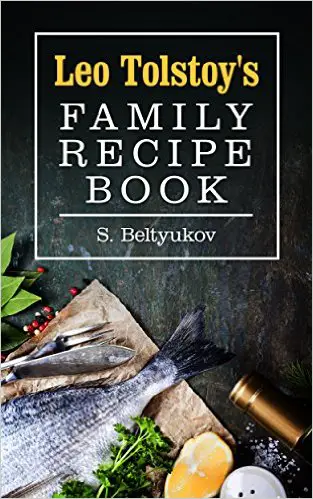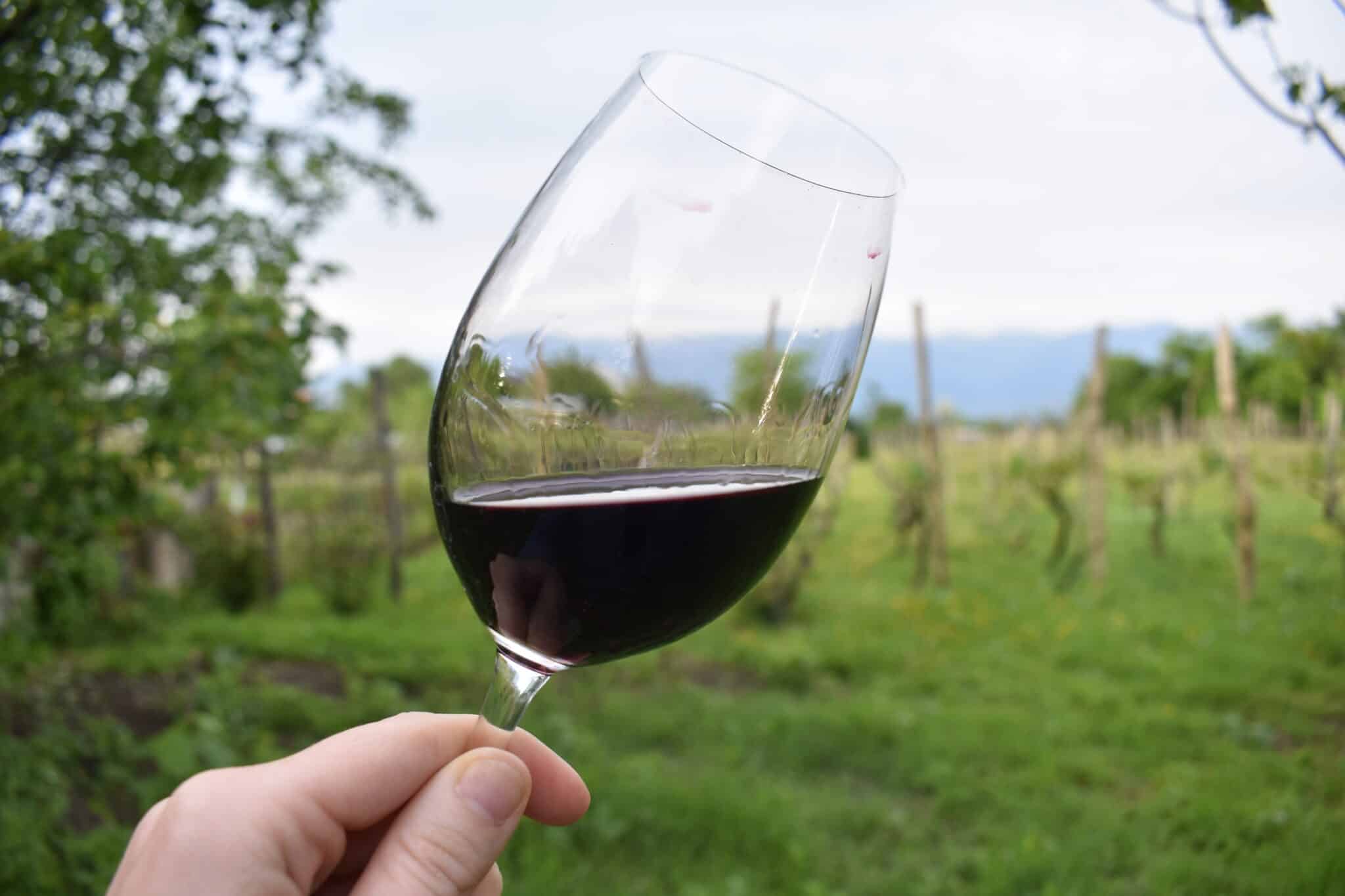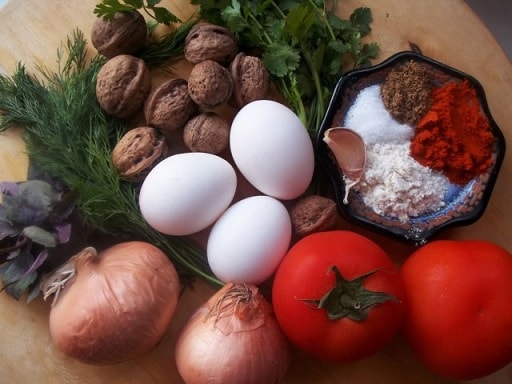Chirbuli (Georgian: ჩირბული, Russian: Чирбули) is a staple of the Georgian breakfast table, a dish that perfectly encapsulates the local traditions and international influences that have shaped Georgian cuisine. Chirbuli features fried eggs served on top of a rich sauce filled with spices, caramelized vegetables, and walnuts.
Chirbuli is not one of the Georgian dishes whose popularity spread widely throughout the former Soviet Union. As a dish that is best eaten fresh and one that relies on ingredients that were not always easily attainable in more northerly locations (fresh vegetables, walnuts, and many of its signature spices), this is not so surprising. It is, however, well known throughout the Caucasus, the Middle East, and North Africa, where its roots lie. However, this savory breakfast meal is worth a try and will take you on a journey that words would fail to express!
How It Got It’s Name
(Почему они носят такое название?)
Georgia has an incredibly diverse geography and each area of the country is famous for having its own unique meals and specialties. Chirbuli is generally credited in Georgia as having originated from Adjara, a republic located on the western coast known for its port cities. Adjara’s culinary traditions were influenced from contact made with Middle Eastern and North African countries that were in regular contact with Adjara’s traders. The region’s culinary traditions are known for a particularly exotic use of spices and of richer, fattier ingredients than much of the rest of Georgia. This includes added eggs – for example, and perhaps most notably, in khatchapuri po adjarskii.
The word “chirbuli” most likely comes from its inspiration, shakshuka, a word that is used across several countries to describe eggs cooked in sauce. The word “shakshuka” comes from Arabic and means “mixture.” The word has been directly borrowed into many languages, including Hebrew, as a name for the food. In Adjara, however, the word was not directly borrowed, but instead first translated before its adoption – in modern Georgian, the word for “mixed,” for example, is “shereuli.”
Some might also notice the similarity of the dish to the Mexican huevos rancheros – which also, in fact, came from Middle Eastern immigrants who arrived in Mexico in the late 1800s. What sets chirbuli apart, however, and makes it truly unique is not just its name, but the presences of walnuts – which are generally unheard of in shakshuka recipes, but are considered a core part of any chirbuli recipe.
When and How to Eat Chirbuli
(Как правильно есть чирбули?)
Chirbuli is most often eaten for breakfast. It is also often eaten straight from the frying pan it is cooked in, with a fork and slices of fresh bread all used as utensils to scoop up the spiced vegetable ragout and poached egg. The bright, runny yolks are the prime targets for bread dipping with the goal being to get as wide variety of the elements of the dish on the bread before it reaches the mouth.
Chirbuli is generally not used for any special occasions. Special occasions are generally celebrated with “supra,” which are festive suppers and which chirbuli, which is almost exclusively a breakfast food, would be excluded from.
How to Prepare Chirbuli
(Как правильно готовить чирбули?)
While most commonly known as an Adjarian dish, chirbuli also exists in different versions in the Samtskhe-Javakheti region and Lazeti (which is now part of Turkey). Even within Adjaria, a multitude of recipes can be found utilizing different spices and techniques. As in many dishes, chirbuli exists as a sort of template can be easily customized – so long as core ingredients such as tomato sauce, walnuts, and eggs are present.
The walnuts should be coarsely ground or crushed. The unique texture they give to the meal is important. They are also usually ground or crushed together with any spices or herbs used, allowing these ingredients to release oils and flavors to mix at an early stage.
Chirbuli has been most traditionally cooked by poaching the eggs in salty water and preparing the sauce separately. The eggs are then served covered by the sauce on top. However, it is now more common to place the eggs on top of the sauce and slowly cook them together. The trick is to keep stirring using low heat to keep the eggs whole. Serve hot right from the skillet with crusty bread!
Let’s Cook!
(Давай приготовим!)
See below for a free recipe for chirbuli. See also the free videos online. If you are interested in cooking from Russia, Ukraine, Georgia, and other places in Eurasia, make sure to see our full, free Eurasian Cookbook online! You might also be interested in the following specialized cookbooks we’ve enjoyed:
 |
 |
 |
 |
| Чирбули | Chirbuli |
Ингредиенты:
Приготовление: 1. Нарезать репчатый лук и обжарить на низкой температуре, часто помешивая, в течение 4-5 минут, с добавлением 70 грамм сливочного масла. 2. Во время жарки добавить 1 чайную ложку кукурузной муки, перемешать. 3. Нарезать помидоры и добавить в сковороду с жареным луком.Размешать и продолжать тушить, часто помешивая, на очень слабом огне в течение 4-х минут. 4. Перемолоть орехи. Раздавить чеснок. 5. В сковороду добавить 200 мл воды и довести до кипения. Уменьшить температуру, добавить грецкие орехи и чеснок. 6. Добавить 1/2 чайной ложки сушеного кориандра, 1 чайную ложку красного перца и посолить по вкусу. Тщательно перемешать. Продолжать тушить на медленном огне в течение 2-3 минут. 7. Нарезать свежую зелень кинзы, укропа и базилика. Добавить зелень в сковороду, перемешать и уменьшить огонь. 8. Аккуратно разбить яйца и добавить в чирбули. 9. Продолжать тушить в течение 2-3 минут. Яичные желтки должны быть всмятку, не крутыми! Снять с огня и сразу подавать к столу. Записка: Подавать чирбули в горячем виде. |
Ingredients:
Preparation: 1. Chop the onions, then fry them in a pan of 70 grams / 2.5 ounces of butter at a low temperature, stir frequently. 2. While frying, add 1 teaspoon of corn flour and mix. 3. Chop the tomatoes and add them to the pan of fried onions. Stir and continue simmering at very low heat for about 4 minutes, stirring often. 4. Crush the walnuts and the garlic. 5. Add 200 milliliters / 6¾ fluid ounces of water to the pan and bring it to a boil. Reduce the temperature and add the walnuts and garlic. 6. Add ½ teaspoon of dry cilantro, 1 teaspoon of ground red pepper, and salt (to taste). Stir thoroughly. Continue simmering on medium heat for about 2-3 minutes. 7. Chop the fresh cilantro, dill, and basil. Add them to the pan, then continue stirring and reduce the temperature. 8. Carefully crack the eggs on top of the чирбули. 9. Continue simmering for about 2-3 minutes. The egg yolks must be soft, not hard! Remove from heat and serve immediately. Note: Serve the чирбули while it is still hot. |
Our Favorite Chirbuli Videos
SENYA MAKES is a Russian Youtuber with a relatively large viewing audience, and this video about chirbuli has nearly 1 million views! In a very stereotypical Russian fashion, Senya braves the cold winter weather outside of a dacha in Kazan to prepare a traditional Georgian recipe for chirbuli. Not only is it somewhat humorous and interesting to watch him cook outside in the snow, he uses traditional ingredients and Georgian-sized portion of butter for the dish and offers good commentary and step-by-step instructions for preparing the dish!
For those of us less willing to brave the cold winter to cook over an open fire like Senya above, here is a video cooking chirbuli with a similar recipe. It uses the traditional Georgian ingredients such as walnuts, and gives bit more detail on cooking.
If you feel confident in your own cooking skills and don’t want to watch a long video, try out this video from Georgian Journal! It’s less than a minute long and gives just the basic instructions!
You Might Also Like

The Habits of Nuns in Catholic and Orthodox Traditions
Despite their cloistered livelihood, nuns have found their way into many veins of popular theater and movies. However, their usual depiction, wearing black habits with a veil and carrying a rosary, is not accurate for all nuns. It is true that the symbolic meaning of the habit is consistent across both Catholic and Eastern Orthodox […]

8,000 Years of Winemaking Lives on in Georgia
Georgia is home to one of the world’s most diverse selections of native grape varieties. Evidence suggests it’s the oldest winemaking region in the world and it retains unique and ancient winemaking technologies to this day. Over millennia, winemaking has become deeply integrated into Georgian cuisine, tradition, and identity. It is present at elaborate feasts […]

Churchkhela, Sharan, and Pelamushi: Desserts Off The Vine
Strolling through a marketplace in Georgia, you might be surprised to see the array of multicolored sausage-shaped candies hanging from the stalls. These are churchkhela, a traditional snack made by dipping strings of nuts into thickened fruit juice to create a chewy exterior. In Armenia, you’ll see “sausages” known locally as sharan that are very […]

Berikaoba: Georgia’s Spring Festival Rises Again
Berikaoba is defined by its monstrous-looking masks, good-natured pranking, games and performances of strength, freely shared food and wine, and general festive atmosphere. Although the festival was nearly lost to the passage of time, locals, foreigners, and Georgians from other corners of the country now flock to the Kakhetian villages of Didi Chailuri and Patara […]

Georgian Holidays 2024: A Complete Guide
Georgian holidays strongly reflect the country’s unique traditions and its demographics. First, as more than 80% of Georgians identify with the Georgian Orthodox Church, the strong influence of the church can be felt in the preponderance of Orthodox holidays. Georgia also has several holidays celebrating its statehood and independence, which have been hard-won. We can […]






